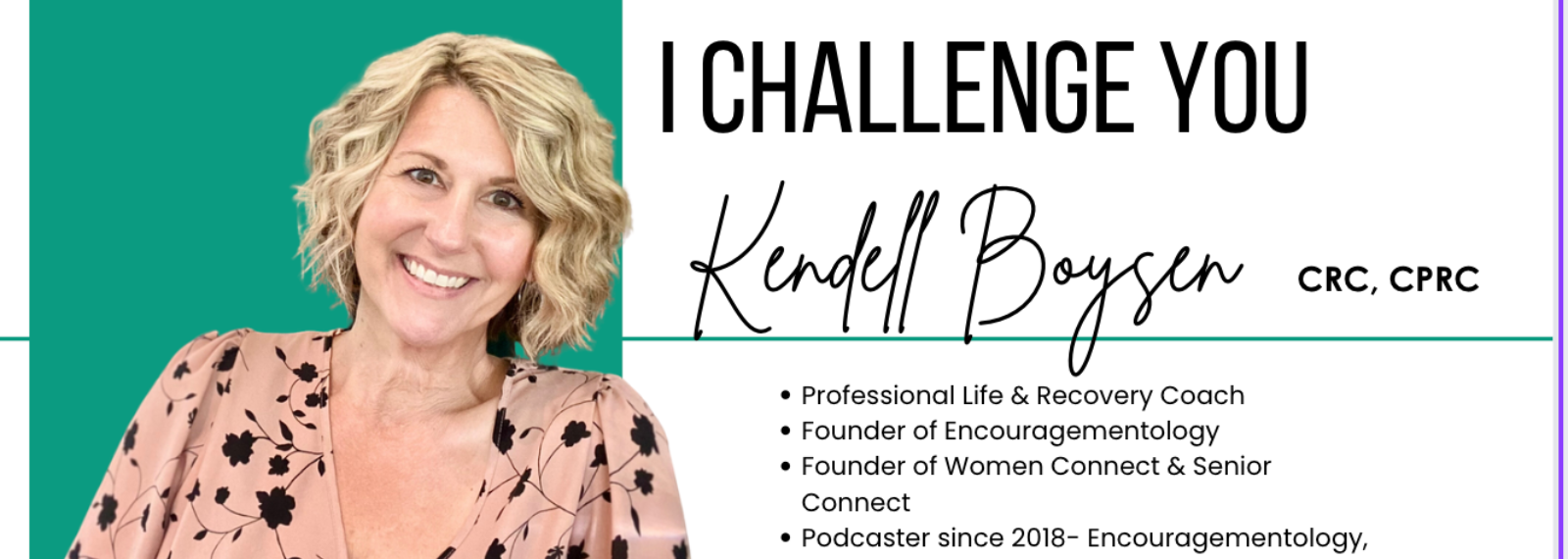Episodes

Wednesday Apr 16, 2025
Unspoken: How Body Language Communicates What Words Can’t
Wednesday Apr 16, 2025
Wednesday Apr 16, 2025
SHOW NOTES:
On this show… we are exploring the unspoken to learn how body language communicates what words can’t. Have you ever walked into a room and immediately felt something… off? No one said a word, but somehow, you just knew—you weren’t welcome at that table, or someone just had an argument in the kitchen. That’s the beauty (and sometimes the awkwardness) of body language. It speaks loud and clear—even when our mouths are saying, “I’m fine!”
In this episode, we’re digging into all those silent signals we send—whether we mean to or not. From the crossed arms that scream “I’m not open to feedback,” to the smile that doesn’t quite reach your eyes… we’re decoding what’s really being said when nothing’s being said at all. Body language isn’t just a sideshow to the conversation—it is the conversation. And once you learn to read it (and manage your own), you’ll start to feel more connected, more confident, and—yes—even a little more in control of how you’re coming across.
Let’s take a closer look at the language we’ve all been speaking since before we said our first words. You might just be surprised what your body’s been saying behind your back.
I’ll start by stating the obvious… but also the often-overlooked: we’re talking all the time—even when we’re not saying a word. Whether it’s the way we cross our arms, how long we hold eye contact, or the way our faces betray us mid-sentence, body language is this constant, silent sidekick to our spoken communication. And more often than not, it’s doing the real talking.
Body language is made up of all the nonverbal cues we use to express ourselves—things like facial expressions, posture, gestures, eye movements, even how close we stand to someone. It’s a full-blown language… just without the dictionary. According to researchers, nonverbal communication can account for up to 70–90% of how our messages are received. Which means the tone of your voice and the look on your face might be saying more than your words ever could.
And here’s the kicker: while we’re often very aware of what we say, we’re not nearly as tuned in to what our bodies are saying. That can lead to all kinds of mixed messages—like smiling while delivering bad news (awkward), or nodding when you actually disagree. We don’t always realize what we’re broadcasting.
There are also cultural differences to consider. What feels like an innocent gesture in one country might be offensive in another. And what seems like eye contact to you might feel like a stare-down to someone else. So body language isn’t one-size-fits-all—but it is universal in the sense that we’re all doing it, all the time.
So, why does this matter? Because when we become more aware of our own nonverbal habits—and better at reading others’—we show up more authentically. We connect more deeply. We avoid unnecessary misunderstandings. And we walk away from interactions not just having talked, but having been heard and understood.
Tom Morrison explains What Your Body Language Says About Your Leadership Impact
CHALLENGE: Become more conscious of your nonverbal cues and observe how they influence your interactions. By aligning your body language with your intentions, you can foster more genuine and impactful connections. Show up as you, fully you.
I Know YOU Can Do It!


No comments yet. Be the first to say something!